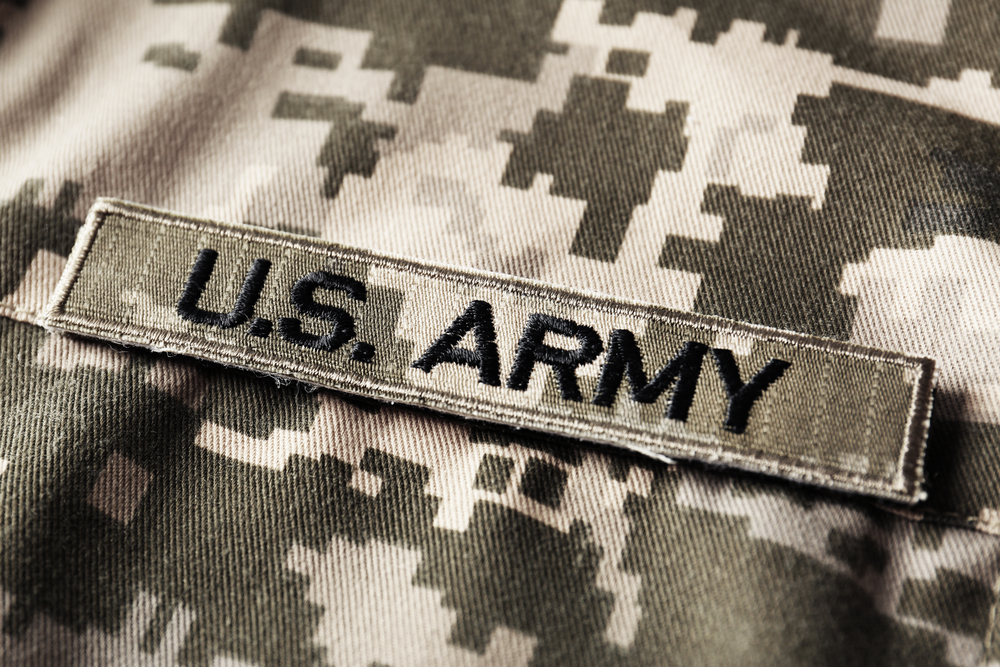
In early February, the United States Army awarded AM General an $8.66 billion contract to flesh out the service’s fleet of Joint Light Tactical Vehicles or JLTVs. The contract comes on the heels of a competition to build more vehicles, originally given to Wisconsin-based JLTV specialist Oshkosh Defense. The Army plans to procure a total of 49,099 new trucks.
The military service initiated this competition to address the need to replace its fleet of aging Humvees, ironic since Am General actually makes Humvees. Oshkosh also beat out Lockheed Martin for the original contract.
AM General had originally lost the bid for the first of these machines to Oshkosh Defense in the original JLTV competition back in 2015. The premier contract required five base years, followed by five consecutive, but optional, single-year ordering periods. The aim was to furnish the service with 20,682 JLTVs for the joint force and a host of foreign customers. This contract also included 9,833 trailers for these vehicles.
Accordingly, the Army recently explained the “competitive follow-on production contract” was always part of its JLTV acquisition strategy from the get-go. However, the agency’s focus was always centered on the best value that included the retention capabilities of today’s JLTV while also “ensuring that it can be upgraded in the future” as more technology evolves.
So far, Oshkosh has built roughly 19,000 JLTVs, which have been supplied to the US Army, the Air Force, the Navy, and the Marine Corps. Oshkosh’s existing fleet has also outfitted armies in Brazil, Lithuania, Montenegro, and Slovenia. The company remains under contract to manufacture at least another 22,600 vehicles; they also expect a handful of new orders through November of this year. Some of these orders could go to Belgium, Romania, and North Macedonia, as they have already expressed their intent to buy. Greece, Portugal, and the UK could also join these ranks, so to speak.
Since the initial JLTV design, technology has made quite a few leaps. Thus, the Army is adding or improving several capabilities. New features could include anti-corrosion features and anti-idle technology. Improvements inlcude fuel efficiency.
